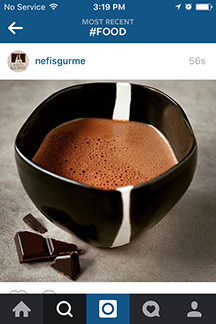Marcel Duchamp and social labelling
Just watched a fascinating YouTube video-clip of Marcel Duchamp being interviewed in 1968 by BBC journalist Joan Bakewell. It was indeed a true pleasure to listen to the one who paved the way for pop art, conceptual art and many forms of contemporary art.
Toward the end of the interview, Duchamp discusses about his vision of art as a means of expression accessible to everyone. He says that conventional norms defining what an artist is, have led to the creation of an artificial and very limited group. But, since one of the etymological definitions of art is “to do” and everyone does things, he concludes that everyone is an artist, but simply does not sell any works. Then he links this idea to Dada’s famous declaration “art is dead” in the sense that instead of being the privilege of a few who comply with pre-established criteria, art is universal; it is a human element present in everyone’s life, so that every person is in fact an artist. Unfortunately, society encourages specialization and categorization, so that we all end up with arbitrary identity labels that limit our potential as human beings. How many times we hear people claiming that they have no creative abilities, simply because they have fallen in discriminatory traps imposed by the social order. Though, during our painting workshops in Tuscany and Provence we have met medical doctors, engineers, government officers, CEOs, etc. who have discovered the joy of art making and have been able to make it part of their daily lives.
Interestingly, the idea of everyone’s capacity to produce art is certainly being promoted through social media tools via sophisticated photo and video apps. With the use of selfies, social media users can create new identities and play different roles, capturing moments of performance art pieces. How easy it is today to become a film-maker with so many video apps. As for the so popular food images that flood social networks, they make us think of ready-mades (food and prepared dishes) converted into photos of sculptures and installations. Undoubtedly, Duchamp’s influence is still very alive through the use of smartphones and tablets.
Next March in New York City, we will have the opportunity to see two major retrospectives of artists deeply rooted into Duchamp. First, at the MoMa, Marcel Broothaers (Belgian, 1924-1976) and among others, his most ambitious project, Museum of Modern Art, Department of Eagles, a conceptual museum created between 1968 and 1971. Second, at the Guggenheim, three decades of collaboration between the Swiss artists Peter Fischli (b. 1952) and David Weiss (1946–2012) who rethought the concept of the readymade through hyper-real simulated objects. For more information on New York Art Trip 2016 (March 10-13), please visit our website at: https://walkthearts.com/_art_tours/art_tour_new_york.shtml



0 Comments